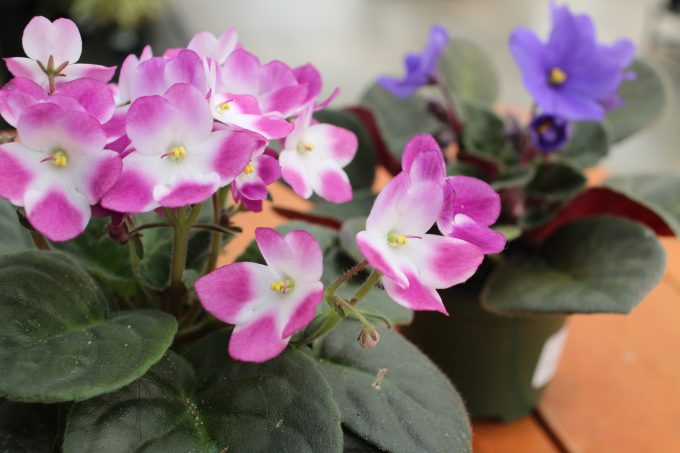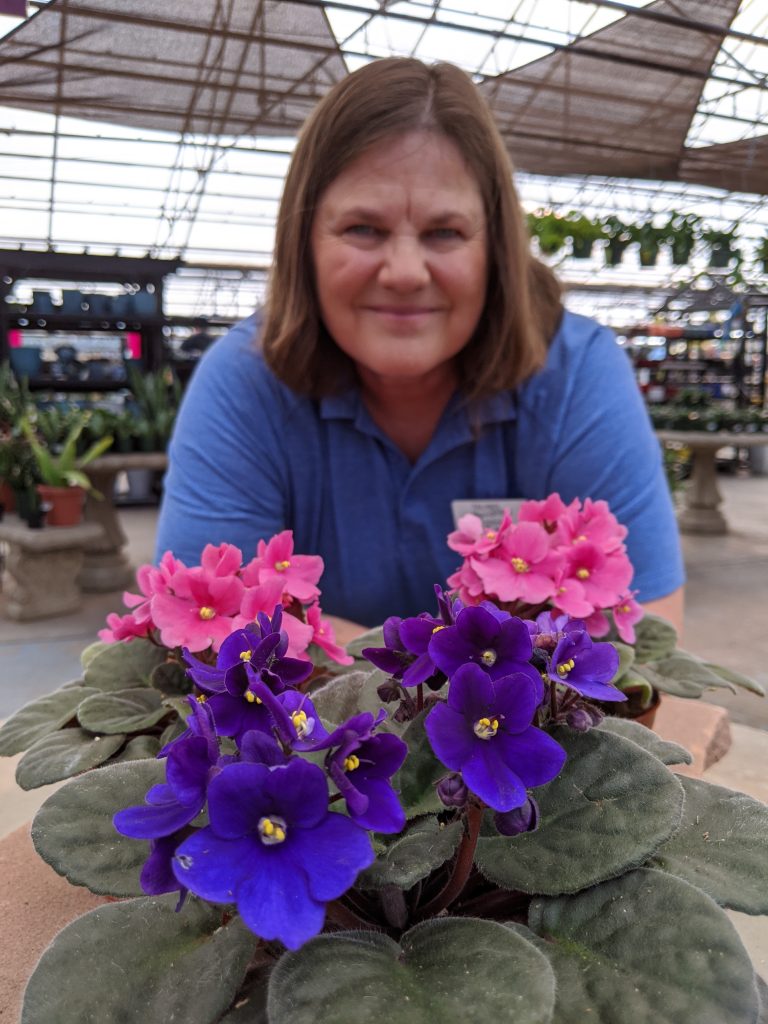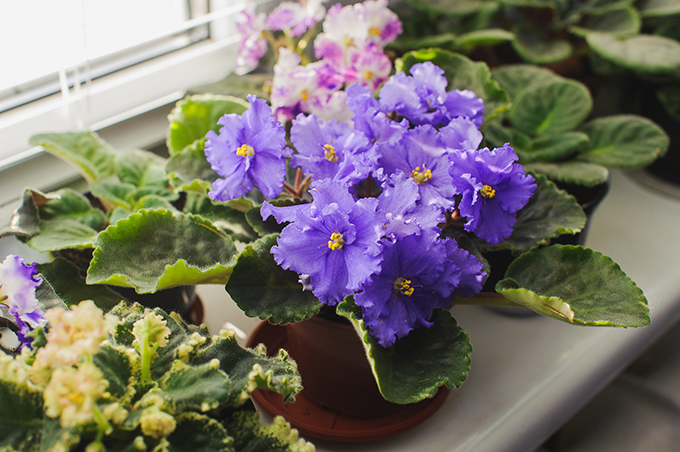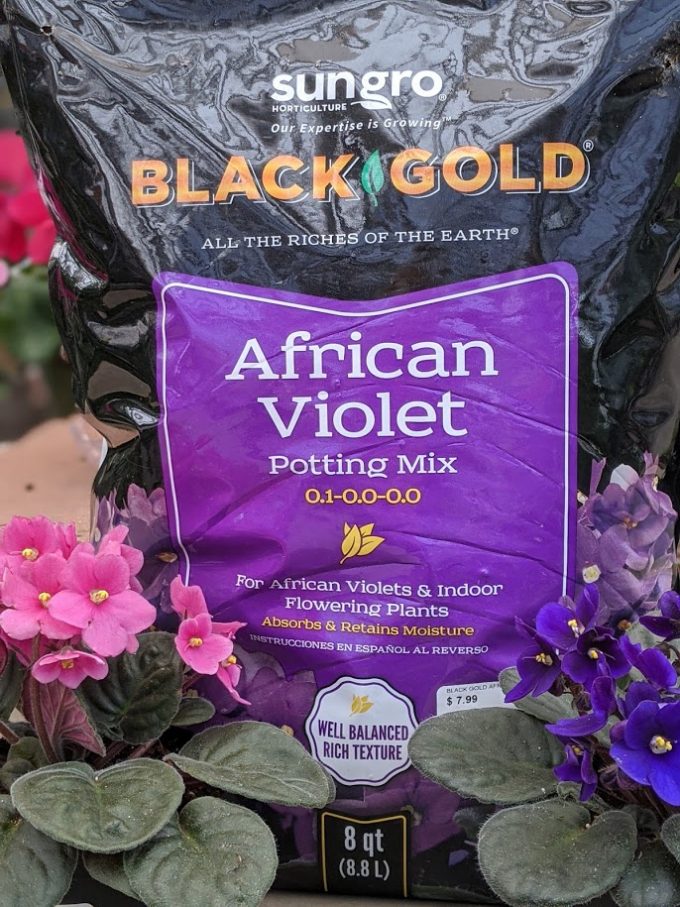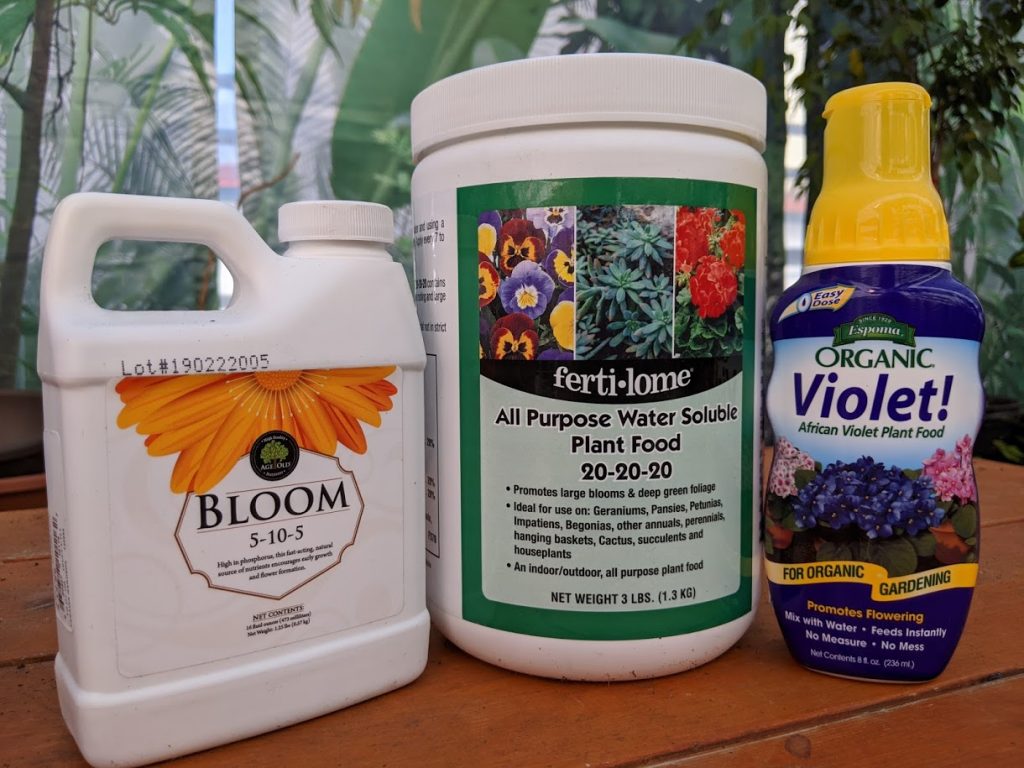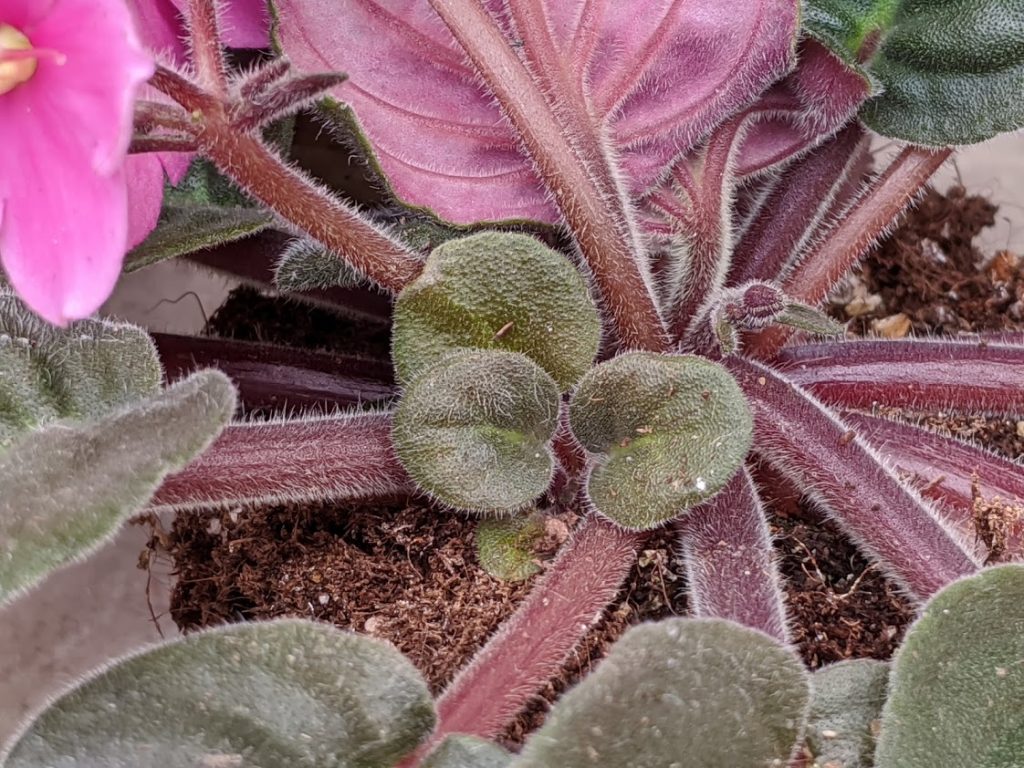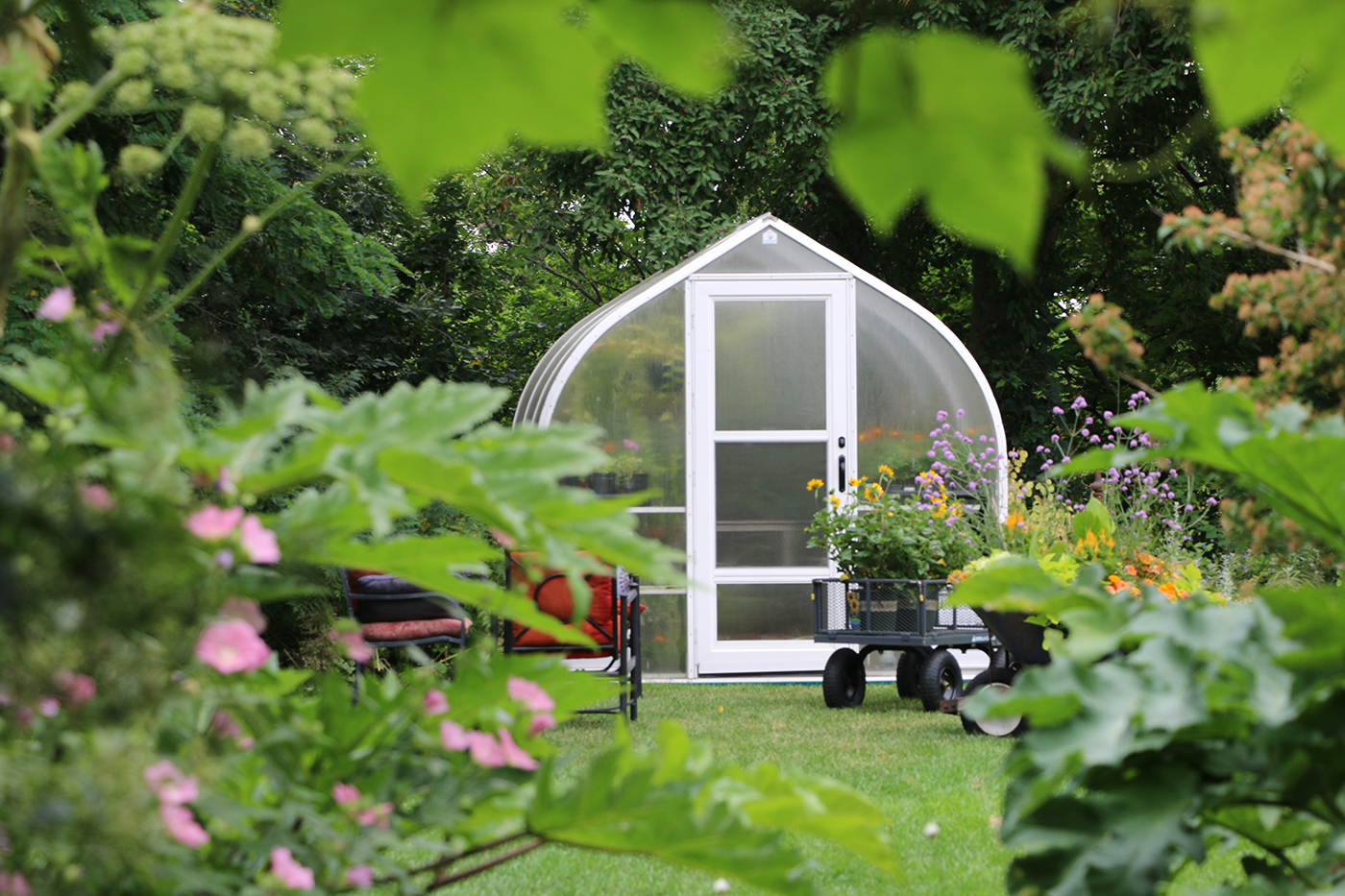There was a time when I would follow my wonderful Swedish grandmother from room to room, helping her (or so I thought) take care of her African violets. She never fussed over the plants. They seemed to be beautiful all on their own, so I assumed they were easy to grow.
As I got older and kept killing my own African violets, I realized that the tiny little lady we called “Mamoo,” (because we kids couldn’t say “grandma”) was a genius by instinct. She never read a book about plants. She just knew what to do.
With a sense that she is watching, I’ve decided to try African violets again. Why not join me in getting some solid advice on how to demystify what it takes to keep African violets happy?
Just ask Lorene
Ask anyone in Tagawa’s Houseplant Department, and they’ll tell you Lorene is our resident African Violet guru, ‘tho she might not be comfortable with that lofty title.
As soon as she told me that African violets are not the prima donnas I’d come to think they were, I was all in. Lorene says with basic good care, African violets can keep a flush of bloom coming repeatedly throughout the year.
Step #1: Give them the right light
Lorene says growing beautiful African violets begins with the right light.
To bloom their best, African violets need moderate to bright light. If you’re growing them on a windowsill in the warmer months, northeast light is ideal. In the cooler months, southern and western light is okay as long as it’s filtered, softened by a sheer curtain or blinds. Direct sun will easily burn the leaves.
If a plant isn’t blooming properly, it’s usually not getting enough light. To do their best, African violets need 12 to 14 hours of good light. Nurturing you African violets under grow lights can give you excellent results. Tagawa’s carries a variety of set-ups that would be ideal for the job.
African violets’ preferred growing temperatures are what most people like: around 75 to 80 degrees during the day and 65 degrees at night. Keep in mind that during the colder months, African violets should be pulled about 18″ away from chilly windows.
Step #2: The right soil is a must
African violets are native to the cloud forests of Kenya and Tanzania where the soil is rich and loose.
To replicate that special soil, Lorene recommends Black Gold African Violet potting mix. Regular potting soil is too heavy for the plants’ fine root system.
Lorene says the plants should be repotted once a year using a pot with good drainage. They prefer to be somewhat potbound. Use their existing pot or a pot only slightly larger, adding fresh soil will give them just the boost they need.
Step #3: Proper watering
African violets do best when their soil is slightly moist but never soggy. A loose, fluffy soil as described above can hold just the right amount of water while still letting the excess moisture easily drain away. Make sure the water is at room temperature and doesn’t have any of the salts added by water softeners.
The leaves of African violets will develop spots if they get wet. The crown, where the stems emerge from the soil, will rot if it stays too moist. The best way to avoid either issue is to water the plants from the bottom. Simply set the entire pot into a few inches of water, let the soil pull up moisture for an hour or so, then drain away excess water before returning the plant to is regular location.
Water the plants when the top of the soil is dry to the touch.
Step #4: Good food is a good thing
Lorene recommends using either regular or specialty high-quality fertilizer from early spring to late fall, while the plants are actively growing.
Tagawa’s carries several kinds of plant food that she says will work well. The fertilizer can be applied according to package directions.
Some African violet growers prefer to feed “weekly weakly,” meaning once a week with the plant food diluted to one-quarter strength.
Step #5: Welcome the pups!
When things are going well for an African violet, it will produce a lot of “pups,” the tiny baby plants that appear near the base of the mother plant.
Lorene says these can be carefully removed with a clean sharp knife without damaging the mother plant. If you tuck them just barely into clean African violet soil, roots will emerge and give you a tiny new plant to add to your collection.
Lose the fear!
African violets are more demanding than your average philodendron of ivy, but just look at them! The small clusters of flowers are well worth a bit of TLC. Come see us at Tagawa’s this weekend and soak up the knowledge and advice of the experts from the Rocky Mountain African Violet Council. Yoou might just find yourself hooked before you know it!
